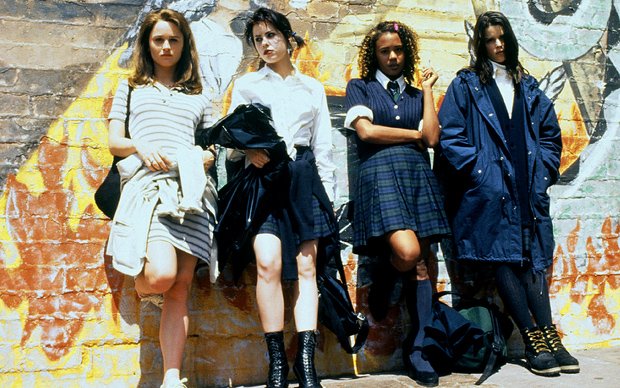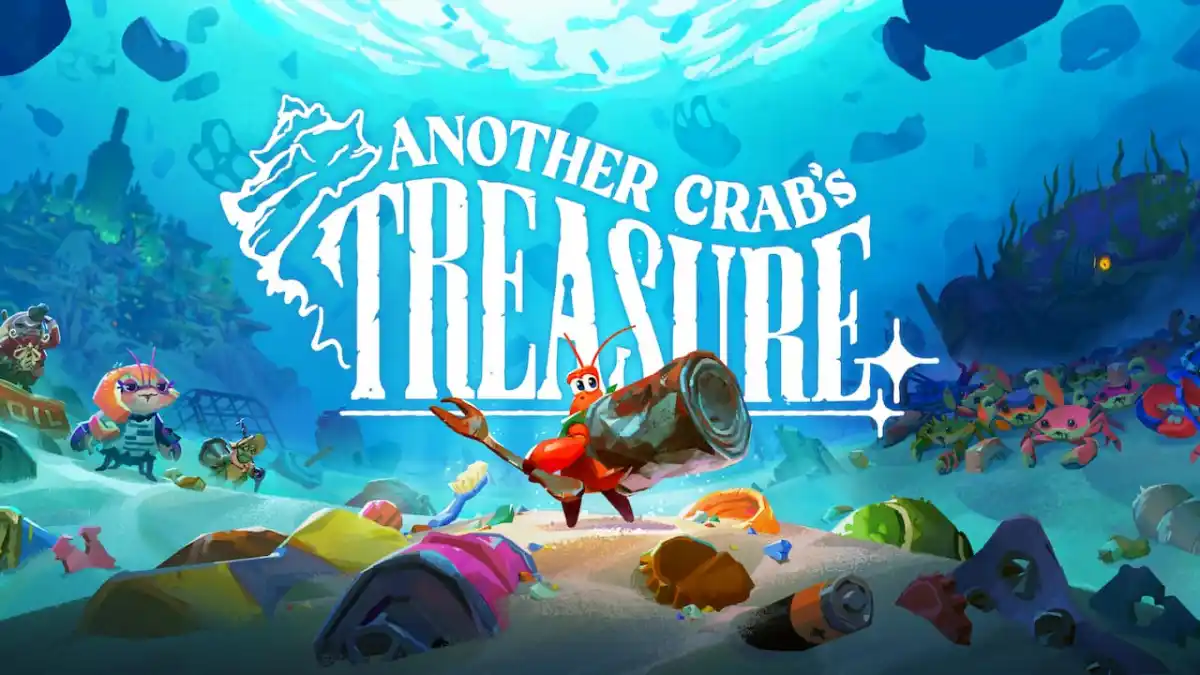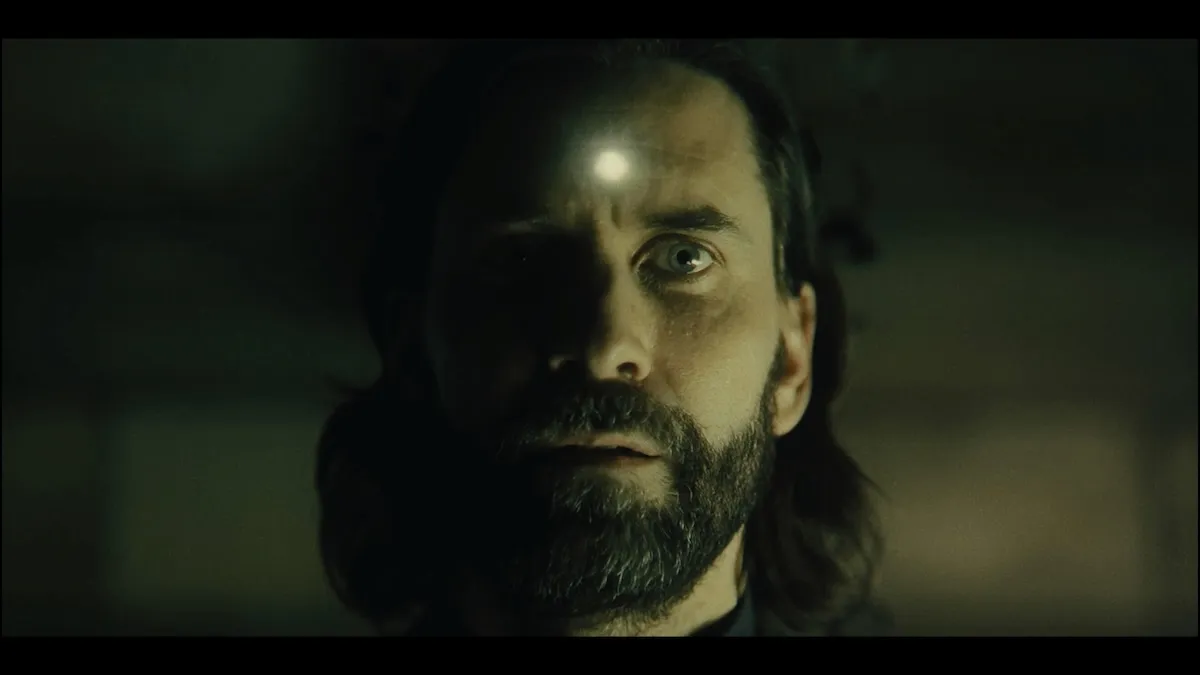Promoted from our Community Blogs!
[Dtoid community blogger RedHeadPeak delves into the historical accuracy of the Witcher. I’m as happy as a little girl. Want to see your own writing appear on the front page? Go write something! –Occams Electric Toothbrush]
After five installments discussing historical exactitude of Skyrim, a few recommendations were placed before me. The calls for an investigation of the Witcher series have me particularly intrigued. I’ve never played The Witcher, or its sequel, and with all the buzz around the third game it seemed like a good time to get involved.

For those finding my How Historical blogs for the first time, a little pretext before we get going. This blog will not set out to prove that The Witcher is actually entirely historically accurate. I’m not so unhinged that I think that a game centered on a monster hunter is grounded in reality. No, the aim here is to highlight the pieces of the game that are inspired by History and Mythology, and observe just how far the game has leant away from those origins.
So without further ado, allow me to share my earliest observations of The Witcher, and how Historically Accurate the game is, just two hours into the proceedings. This first part will only actually deal with one area of the game, but it’s kind of important if we are going to delve any further…
Which Witch is the Witchiest?
So limited was my knowledge of the first two Witcher games, that I loaded into the first game wondering what a ‘Witcher’ actually was. Was the main character a witch hunter/finder? Was he a witch fighting other monsters, like how Marvel’s Blade takes on his own kind? The word ‘witch’ is a broad statement – broader than most modern literature holds too – but the phrase originates from wicca (or wicce, for the ladies) meaning ‘cunning person’. So maybe Geralt is a wise warrior with some witch-y characteristics.

To a certain extent, that last idea turned out to be right. Whilst most of Geralt’s monster hunting is carried out with swords, his ability to conjure and create potions show hints of witchcraft. Whilst his people are known as ‘Witchers‘, the term is so broad that his actions make him a witch by historic standards. Whilst the beliefs and boundaries of witchcraft differ based on regional or religious perspectives, the fact is that witchcraft is an umbrella term for a wielder of magic. The word is neither positive or negative at heart, neither is it male or female, nor is it a word that defines a particular group of people. There’s no getting round it, Geralt the Witcher is a witch by historic standards. The fact that he can summon magic with a wave of his hand, without tools, only makes that label stick firmer.
So far in The Witcher, I have seen a woman called Abigail, who is known as a ‘witch’, and a woman called Triss known as a ‘sorceress’. These two women have a lot in common with each other, and I’m not just referring to the fact that they are both inexplicably attractive (though I have a hunch this will be a regular theme in The Witcher universe). Another, more important comparison between these two people is that they are, from an historic perspective, both practicing witchcraft. Historically speaking, the differences between a witch and a sorcerer is that the latter will often use magical items to facilitate their actions and their powers are drawn from more… morally grey forms of magic. Neither term is inherently evil in History, just as we see in the game.
Nevertheless, when we think of witches we usually conjure up a set stereotype. Evil, old woman with noses like sink taps and faces wrinkled like a bull mastiffs. Not only are most early accounts of witches more positive – usually as healers or simple hermits – but the persecution of witches is a relatively recent affair. Despite references to witchcraft well beyond the last two thousand years, hatred of witches emerged in the last millennium, and witch hunts were most prevalent in the 1500s and 1600s. This was also when the notion that witches were in league with the devil was created.

So why the witch-hating, when witches and sorcerers were capable of good? A powerful concoction of two major ingredients; religious zeal and fear of the unknown. We owe the cementing of the black-cowl wearing stereotype to a handful or religious and political leaders. This is actually hinted at in The Witcher; the only person who I’ve met so far that speaks ill of witches is the local Reverend. Witches were often lumped-in with the persecution of other ‘heretics’, as the Roman Catholic Church attempted to deal with anymore currently questioning the orthodox. This is why the witch-hunts are so rife during the era of European Reformation.
There are several reasons why the witch stereotype is so forcefully ingrained in our minds, and why I appreciate the efforts of the Witcher to makes witches seem like normal people (even if they just wanted to make hot witches instead). One of the main reasons why we think of hags with black cats is because the English King believed in it so much that he wrote The book on the subject: Daemononlogie.
James I was a paranoid fellow. Well, not really. Are you paranoid if people are actually out to get you? The gunpowder plot of 1605 was designed to fragment the King and his parliament, and he’d only been on the English throne for two years! Yet his obsession with witches precedes this. From the moment he became King of Scotland in 1590, the persecutions of witches in Northern Britain ramped up, primarily due to James’s influence.

Apparently, three hundred witches tried to kill James through magical means. The most famous of these attempted murders occurred at sea. James’ ship was repeatedly hit by storms as he traveled to and from Norway early in his reign and the culprits were of course witches trying to sink his ship. Naturally. As James’ fears of death and magic grew, so did his expertise on the matter. All of his interest in witchcraft led to the creation of Daemononlogie.
Not only did the short book advocate the witch hunts, it gave hints and tips on what to look for. Here we see the stereotype reinforced, which The Witcher happily avoids (at least for now). The demon familiars that take the forms of cats and other creatures; the haggard and disheveled appearance; the use of gross potions and brews. It’s all in there, and the popularity of the King’s writing not only reinforce the growing fear of witches but also inspire other writers, such as Shakespeare, to include the evil version of witches in their literature.
So the understanding of witches as healers and magic users blended with the propaganda of frightened men and ambitious clergymen. The Witcher does a good job of creating a first impression with Abigail. She is, at first glance, a good witch who is capable of bad magic. A witch would often live alone from society, and make a living from those who visited with pleas for help. Healing and fortune telling were usual tasks, but occasionally a ‘customer’ would ask for someone to be punished with illness or a bad harvest. So in The Witcher, I was unsurprised to see a man collapsed at Abigail’s door clutching his stomach. I was also impressed to see that the magic had been performed with the use of a small effigy; a little wooden version of the man. Witches that ‘attempted to kill King James’ were accused of using wax effigies of him in their conjuring.

What I would like to see now though, are the male counterparts of Abigail and Triss. Despite more modern literature, the profession was not female exclusive. During the witch hunts in Salem, the 150 people accused were a combination of men women and children. Nineteen men and women were executed. Giles Corey was the twentieth person killed; he was pressed to death under a boulder instead of being hanged. Because when you need to punish someone who refuses to be strangled to death, you have to get creative.
Further Thoughts
With each part of the previous How Historical blogs, I talked about three or four areas of (in)accuracy. This is the first time I’ve only spoken about one area. This is due to the fact that this series has set out leaning heavily on the concept of witchcraft, and the fact that the term is so broad. Geralt, Abigail and Triss are all witches of a sort, and represent a more accurate summary of what a ‘witch’ is than a great deal of fiction. Whilst magic users are (unfortunately) historically inaccurate, these ones are at least a few steps away from the evil form cultivated four hundred years ago.
I hope you enjoyed my observations. When it comes to Historical topics, I claim to know a little bit about a lot of topics, rather than claiming to be an expert in one field, so I hope other historians will be able to add their thoughts as the series progresses. Remember that I’m only a few hours in t the game, so I don’t know what historic twists and turns will be made next.
In the next installment, I’ll be focusing on these topics:
- Hellhounds
- Swordplay
- Alchemy




